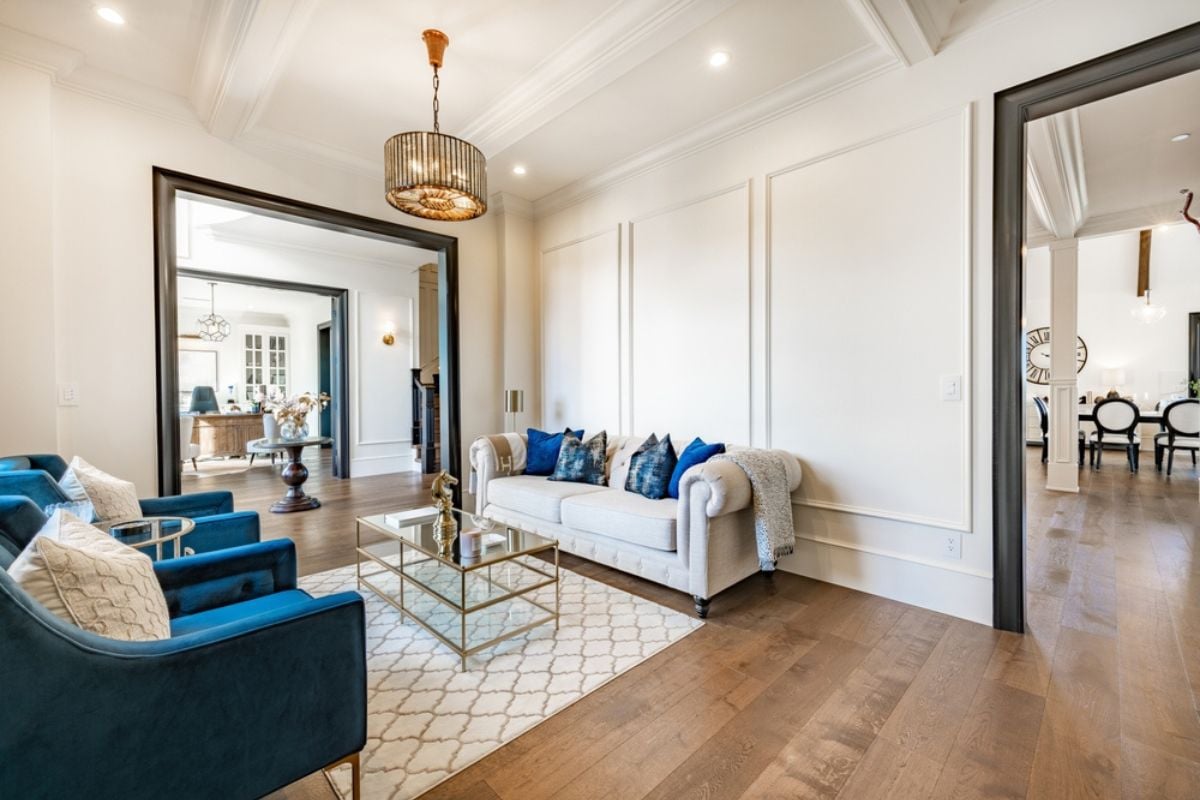
Open houses are designed to make you fall in love fast, but not everything you see—or smell—is what it seems. Sellers and agents often use subtle tricks to highlight the best features of a home while quietly downplaying the flaws. From freshly baked cookies masking pet odors to tiny furniture making rooms look bigger, these strategies are more common than you think.
The good news is that once you know the game, you can see through the smoke and mirrors and make smarter choices. Here are 25 open house tricks that even savvy buyers sometimes fall for—counted down from the sneakiest illusions to the sweetest distractions.
25. Phantom “Multiple Buyers Interested” Claims

Sellers and agents know that nothing sparks buyer anxiety like the idea of competition. That’s why some will casually mention other “interested buyers” or “offers coming in” even if the truth is far less dramatic. It’s a psychological trick designed to make you bid faster or higher than you planned. Savvy buyers know to look for proof rather than being swept up in a fear of missing out.
24. Last-Minute “Offer Deadline” Creates False Urgency

Sudden deadlines are a classic open house pressure tactic. An agent might announce that all offers must be in by the end of the weekend, even if the house has been sitting on the market for months. This trick taps into human nature: nobody wants to lose out simply because they hesitated. Buyers who slow down, do their due diligence, and resist the rush are far less likely to regret their purchase.
23. Open House Scheduled During Quiet Hours
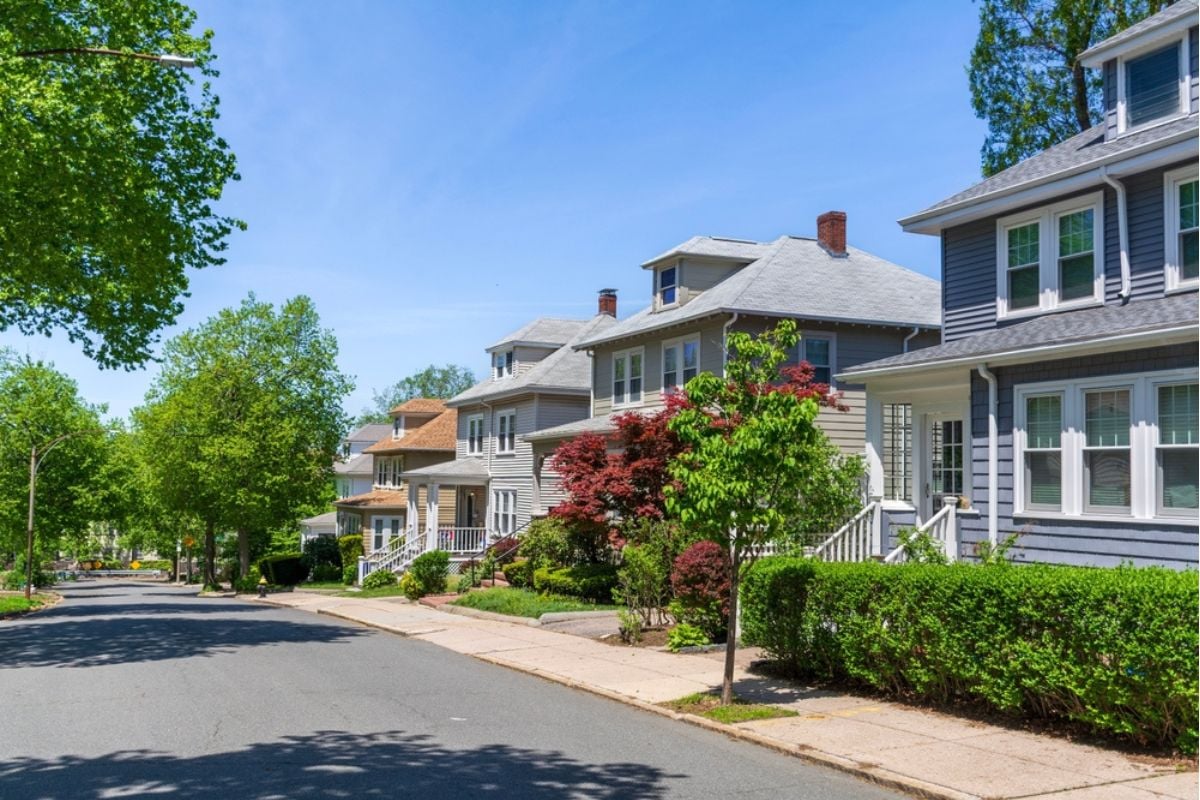
If you notice the open house happens at an oddly specific time—say, Sunday morning or mid-afternoon—it’s not a coincidence. Sellers often choose hours when traffic, noisy neighbors, or nearby construction is at its quietest.
The goal is to create an illusion of tranquility that may not exist the other six days of the week. A return visit at a different time can quickly shatter the facade.
22. Fireplaces Lit to Hide Drafts
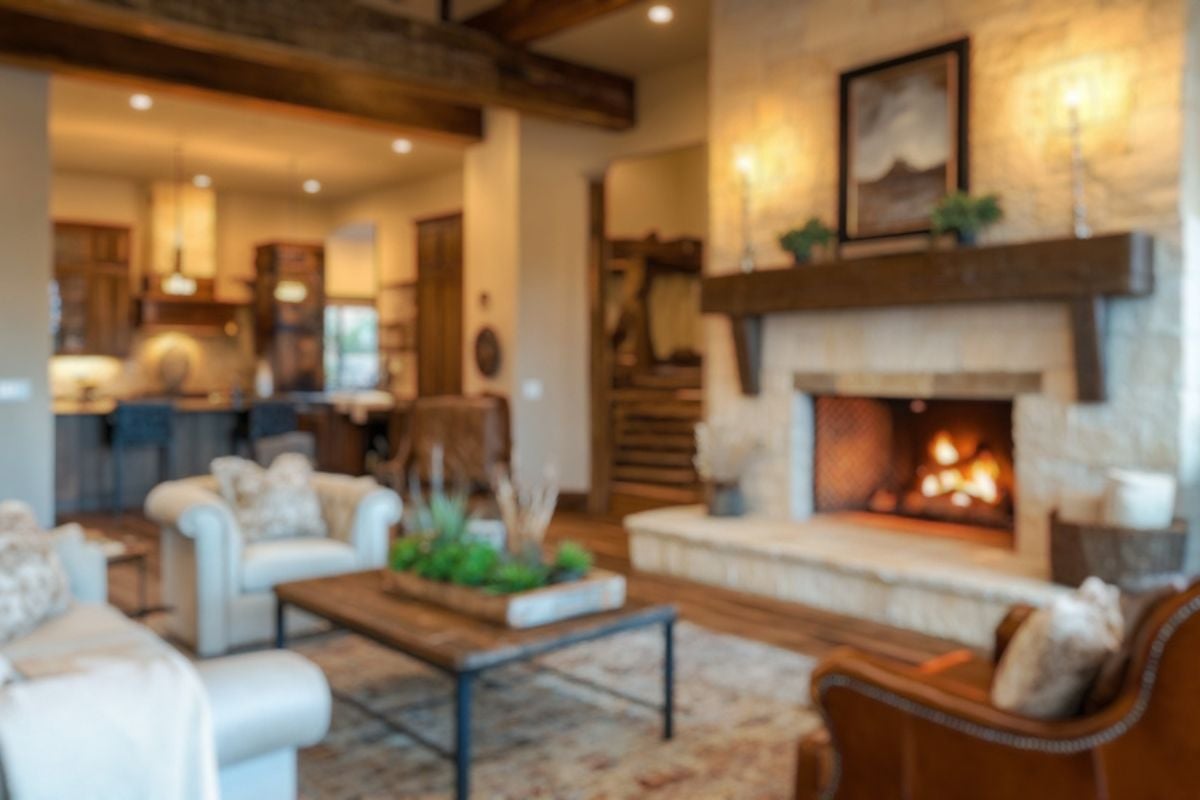
A glowing fire instantly makes a space feel warm and inviting, but it can also be a smokescreen. Sellers sometimes use lit fireplaces to distract from drafty chimneys, poor insulation, or lingering odors. The cozy effect can lull buyers into focusing on ambiance instead of structure. Smart buyers will check for drafts or ask questions before being charmed by the crackle of flames.
21. Temporary Window Boxes Distracting From Facade
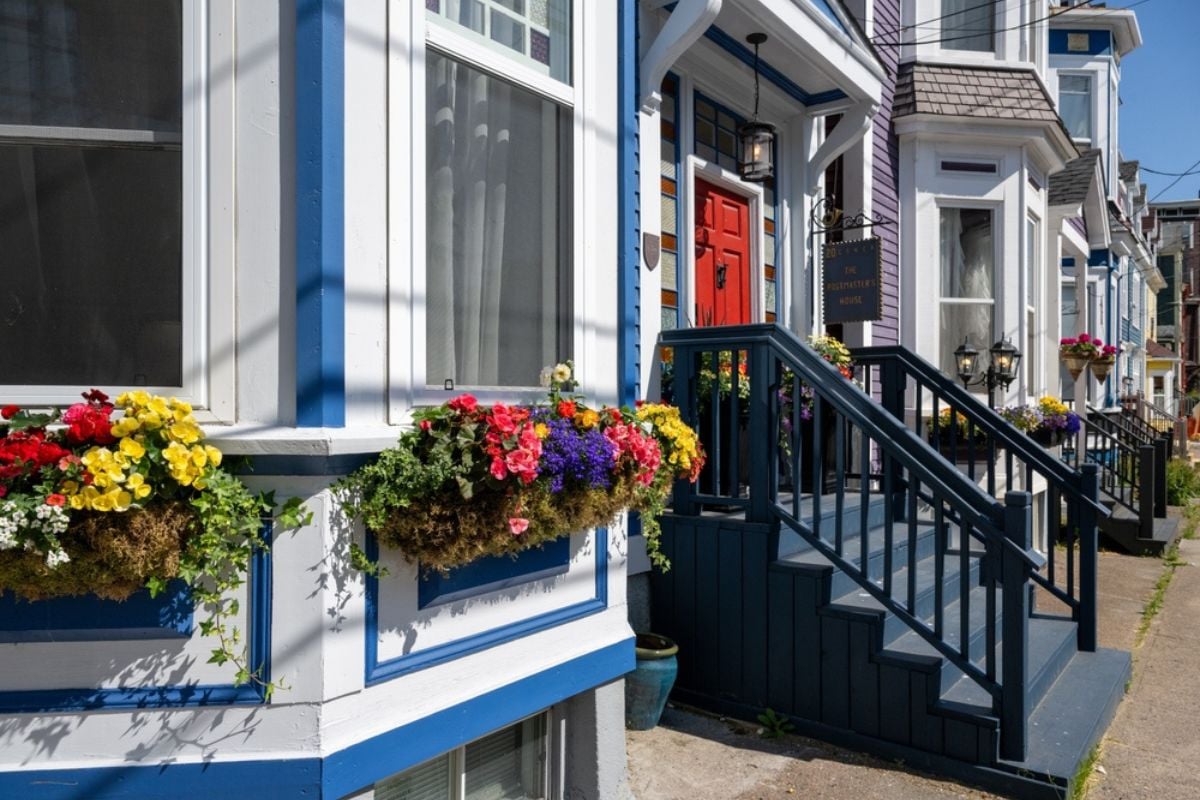
Colorful flowers in shiny new window boxes can transform a tired exterior into something that feels fresh and charming. But often, those cheerful blooms are a quick cover for peeling paint, cracked stucco, or dated architecture. It’s a superficial trick that distracts the eye and draws attention upward. Once the boxes are gone, the true state of the home’s curb appeal becomes glaringly obvious.
20. Fresh Mulch Hiding Drainage Problems
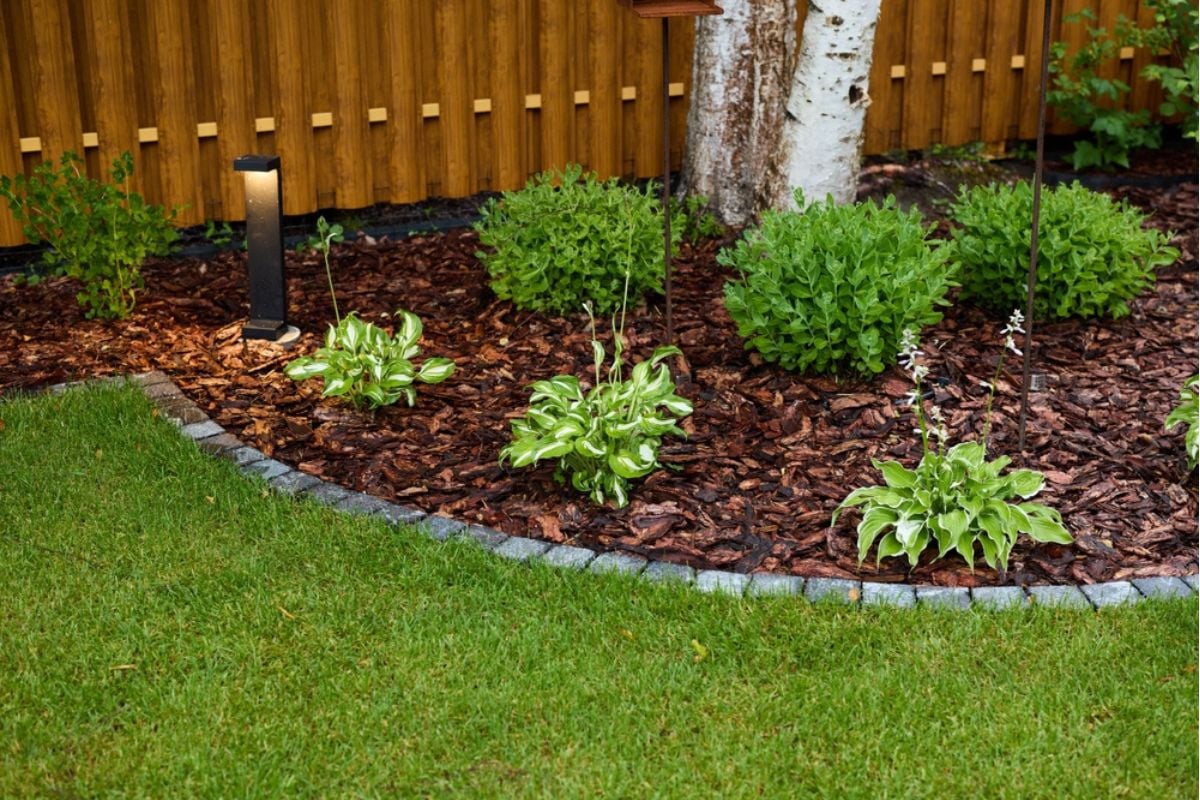
Freshly laid mulch looks great, but sometimes it’s doing more than making the yard pretty. In many cases, sellers use it to temporarily disguise muddy patches, poor drainage, or even standing water issues. The danger here is that you won’t discover the soggy reality until after the first big storm. Taking a closer look beneath the mulch or asking about drainage can save you from costly surprises.
19. Pretty Towels Distracting From Worn Baths
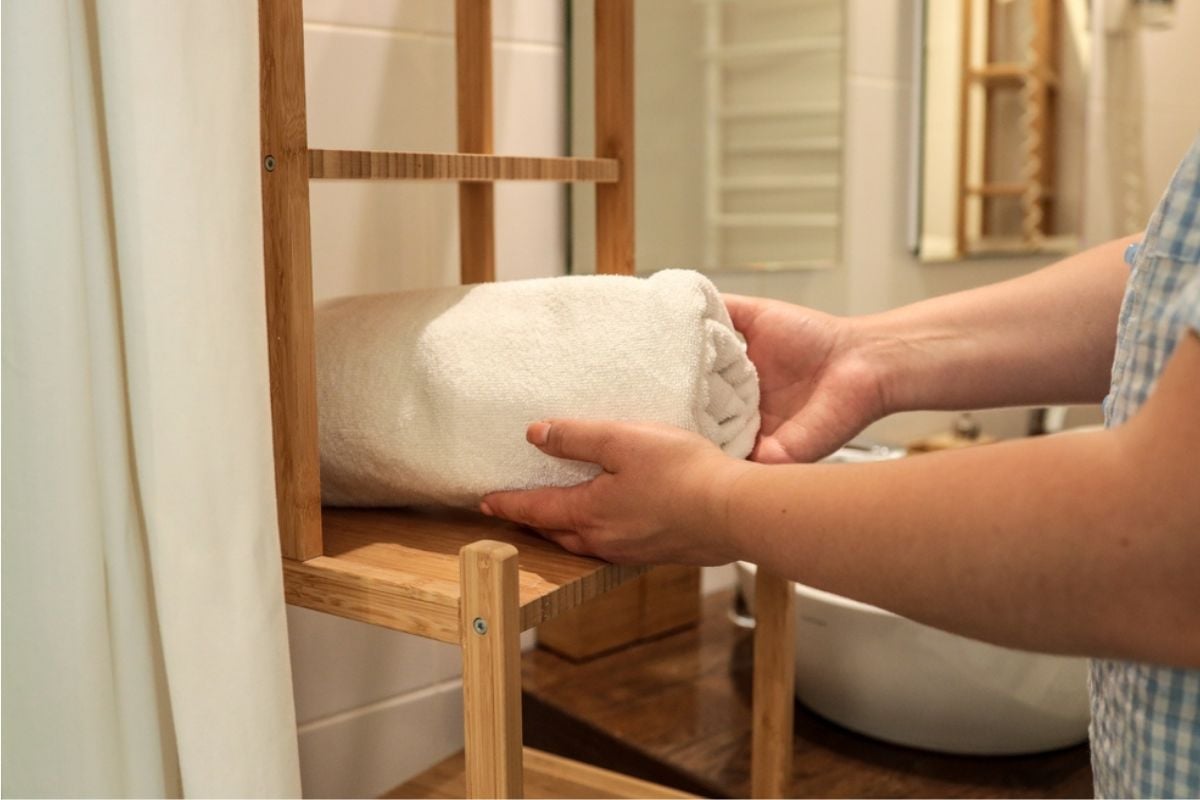
Nothing screams “spa-like luxury” like stacks of neatly rolled white towels. But don’t let the fluffy cotton fool you—sometimes those towels are just hiding chipped counters, old faucets, or cracked tiles. This little trick relies on the human brain focusing on the clean, hotel-like vibe rather than the fixtures. Always look beyond the accessories to judge the true condition of the bathroom.
18. Closet Props Hiding Minimal Storage
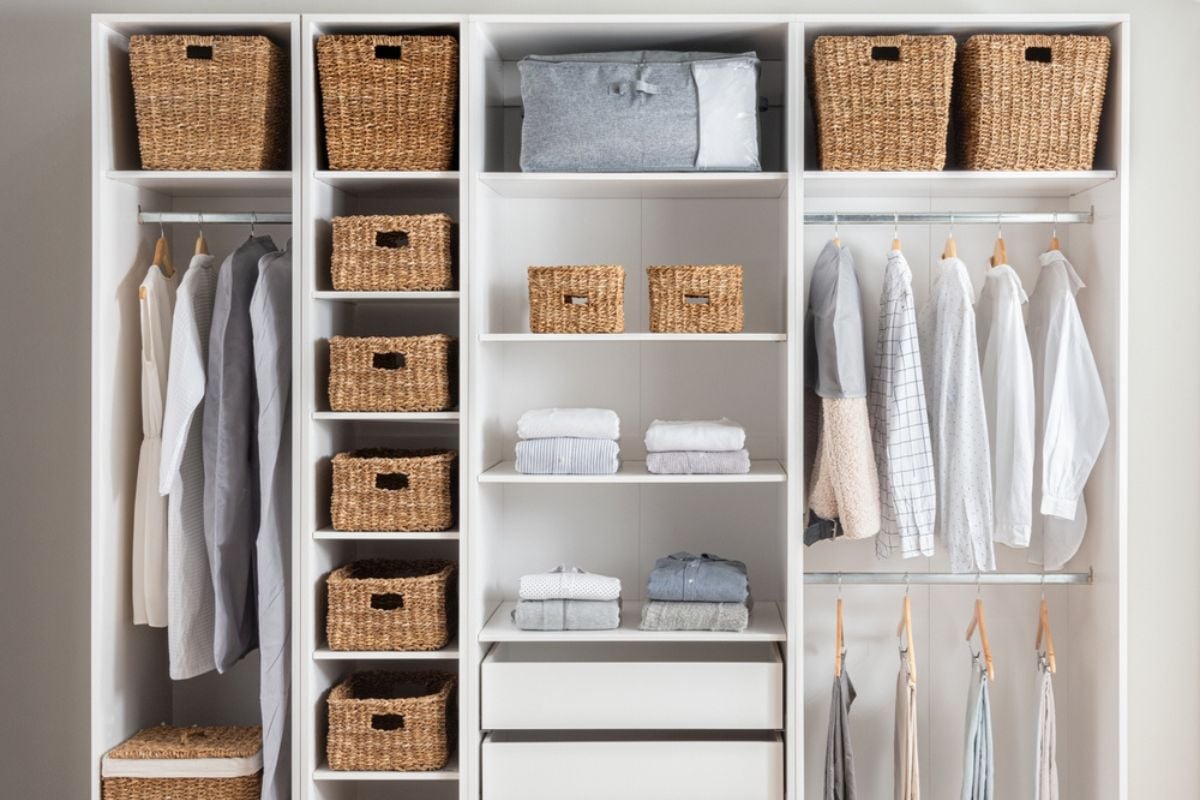
Sellers often stage closets with coordinated bins, chic baskets, and a handful of carefully spaced hangers. It makes storage look spacious and functional when, in reality, the closet may barely hold a week’s worth of clothes. These props are designed to minimize visual clutter and maximize the illusion of space. The best way to spot the truth is to imagine your own wardrobe squeezed into that neat little setup.
17. Furniture Placement Hiding Missing Outlets
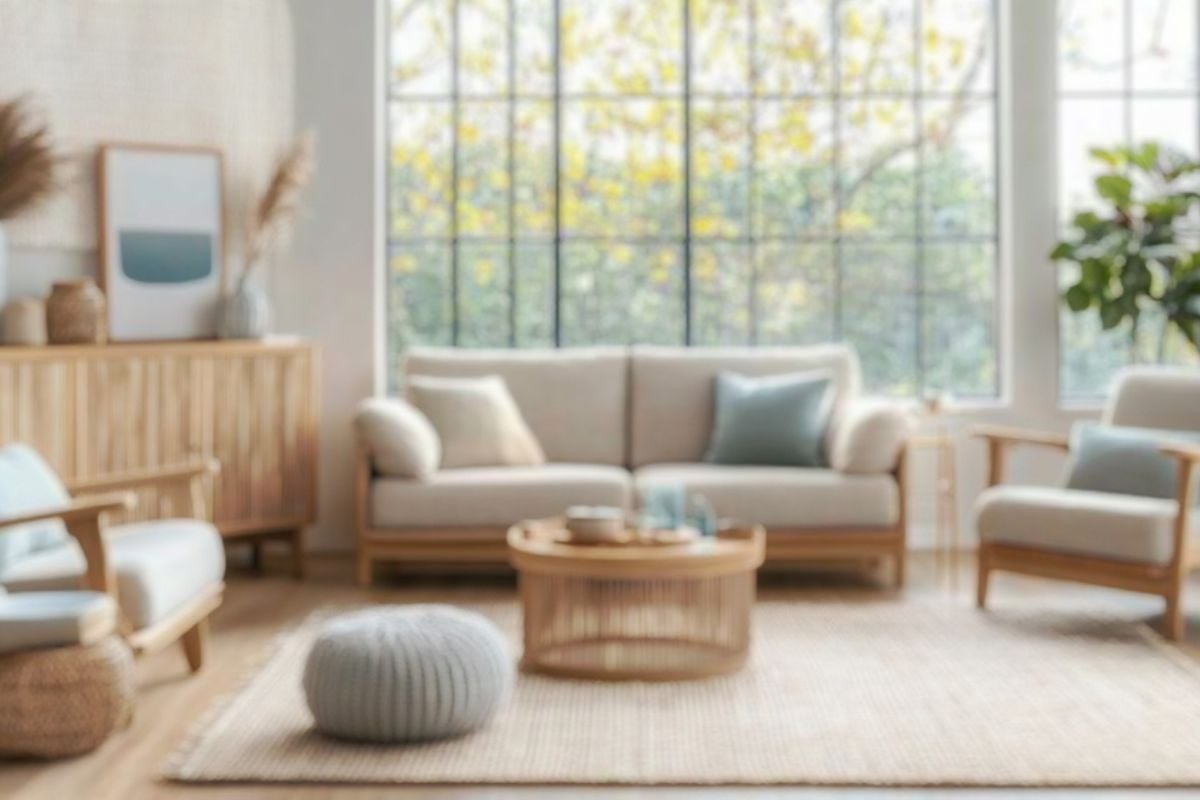
Ever notice how some furniture seems oddly placed—like a chair or bookshelf sitting awkwardly in a corner? That might be hiding the fact that the room is short on electrical outlets or has exposed wiring. Stagers know buyers rarely move furniture around during an open house, so the trick usually works. Buyers who pay attention to outlet placement can avoid headaches when it’s time to plug in their devices.
16. Accent Lighting Distracting From Ceiling Stains
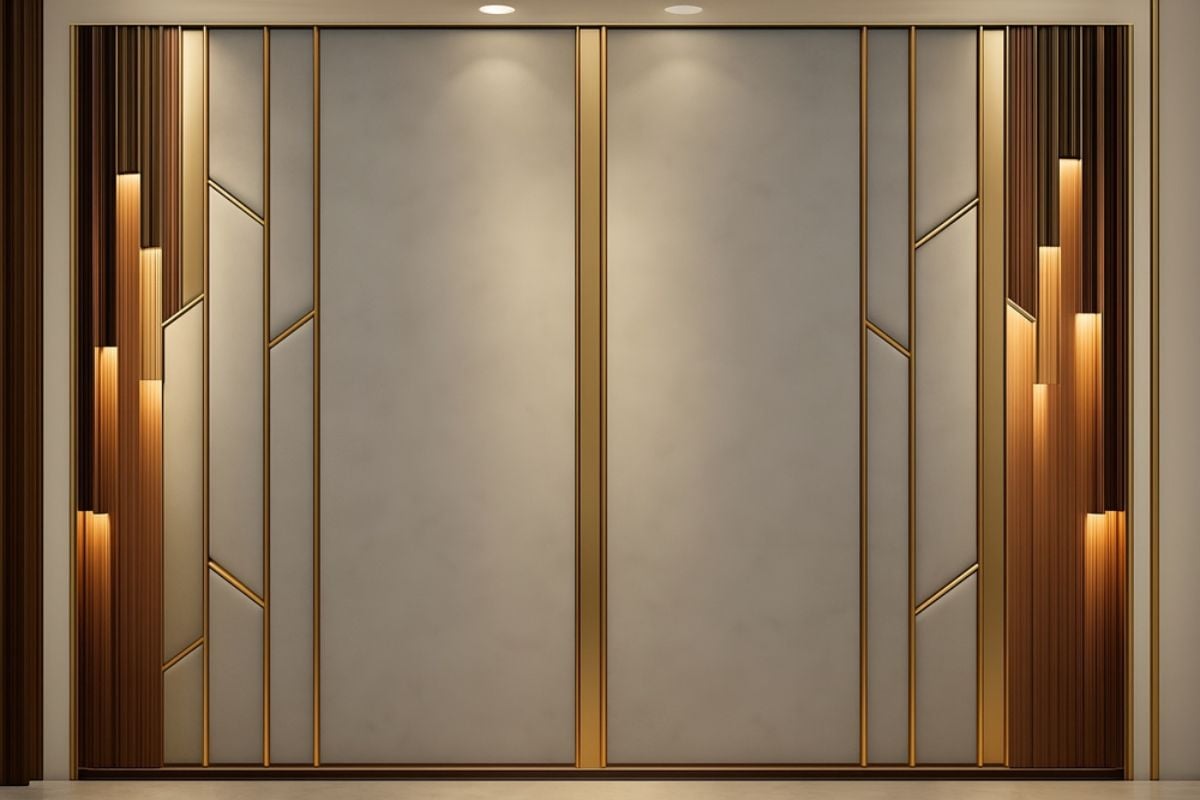
Strategically placed accent lights can make a room glow—but sometimes they’re used to keep your eyes away from water-stained ceilings. Sellers know that lighting can completely change the way a space feels, making you look at the warm glow instead of the flaws above. The problem is that ceiling stains usually point to leaks or roof issues, which can be costly to fix. A quick look upward during the showing is always worth it.
15. Doors Propped to Distract From Sticking
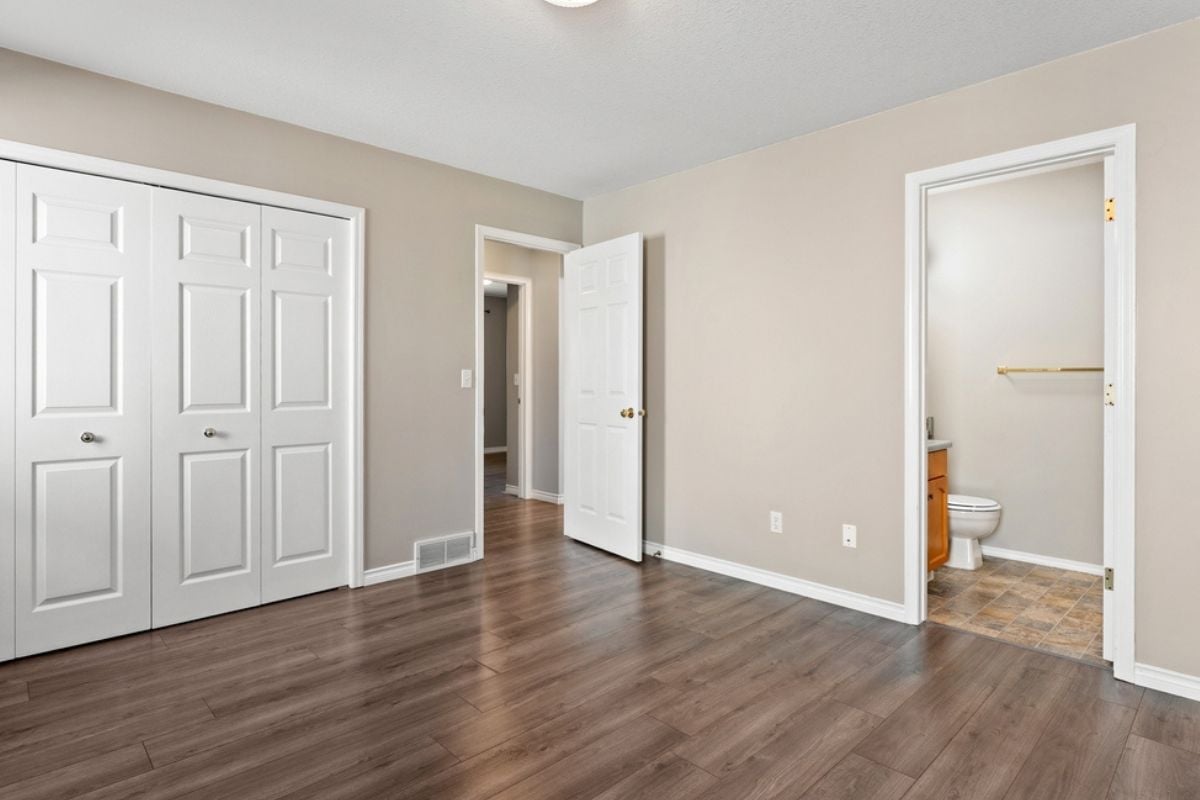
When you see every interior door conveniently left ajar, it’s worth raising an eyebrow. Propped doors can be hiding the fact that they stick, don’t close properly, or signal uneven floors from foundation issues. This little move keeps buyers from noticing small but telling flaws. Savvy buyers will take the time to close and open doors to make sure everything functions properly.
14. Strategic Parking Hiding Street Congestion
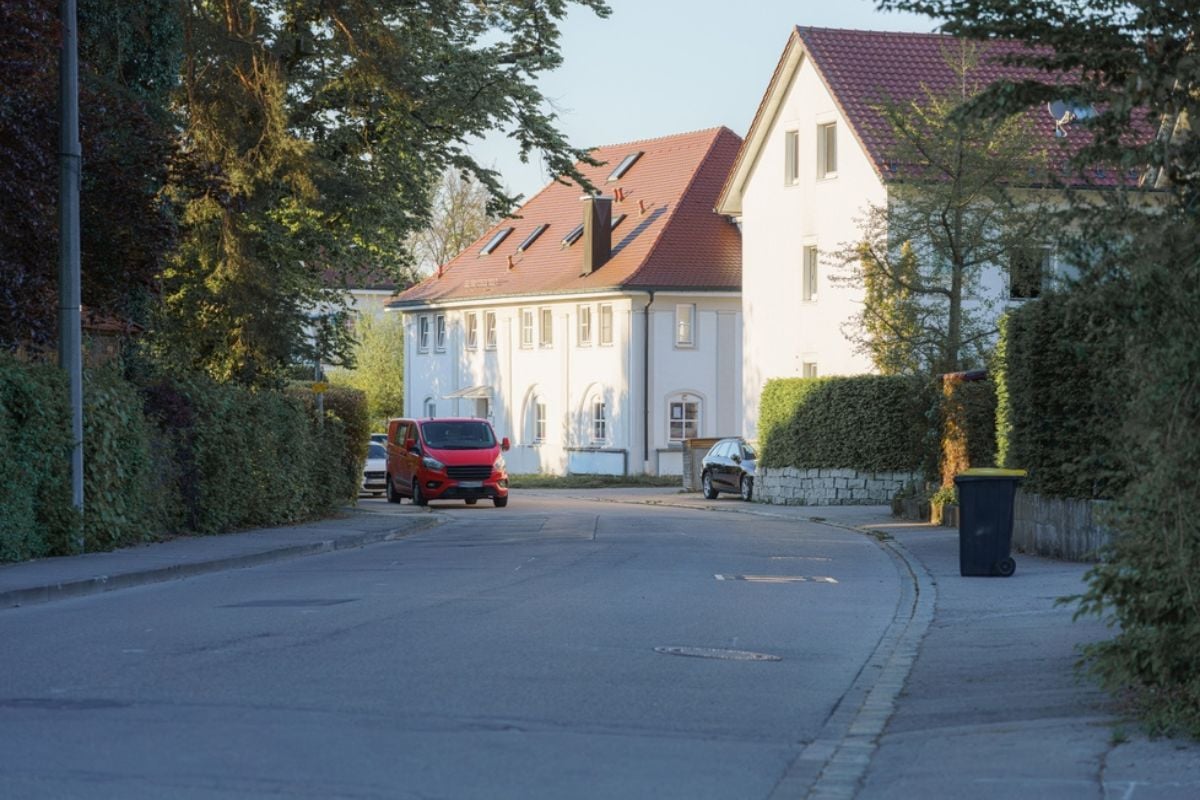
Ever notice how the driveway looks extra spacious during an open house? That’s because sellers often ask neighbors or family to keep their cars off the street for the afternoon. It creates the impression of easy parking when, in reality, the block may be packed most evenings. Returning at night or on a weekday can reveal a very different picture of the neighborhood’s parking situation.
13. Dehumidifiers Running to Mask Dampness
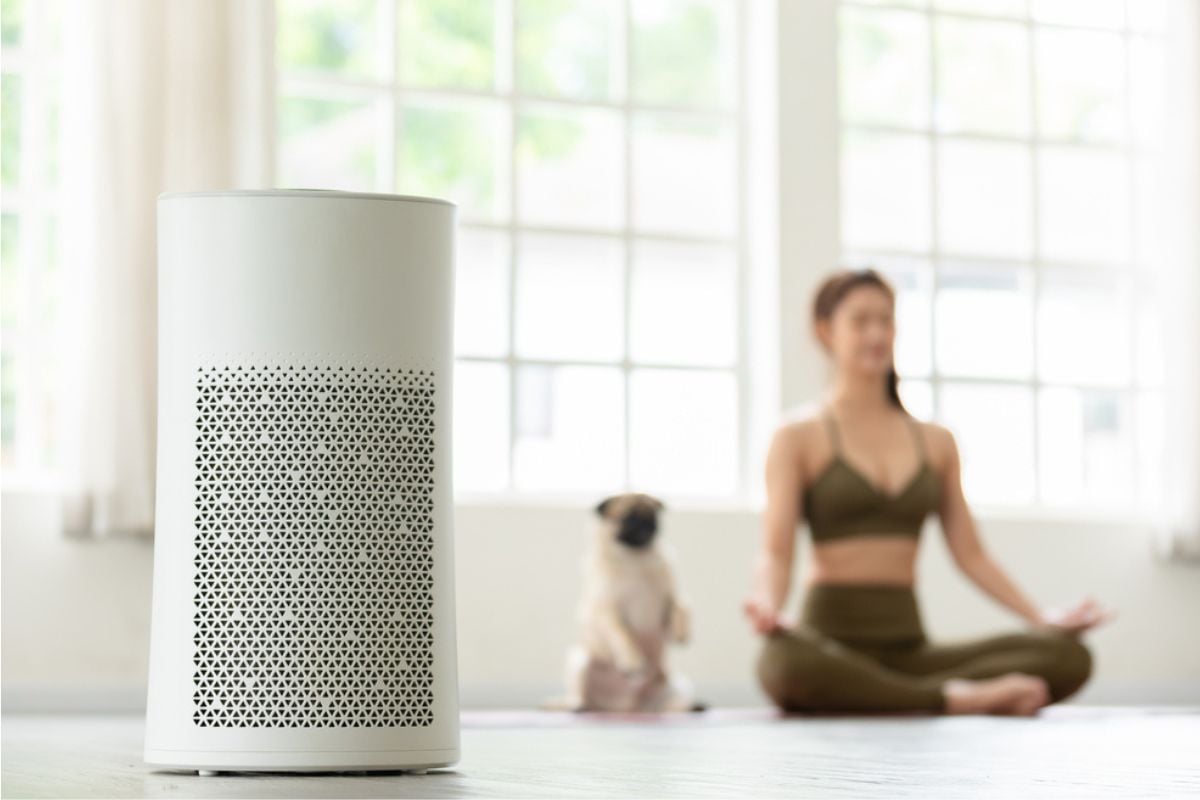
A quietly humming dehumidifier in the corner of a basement might seem practical, but it can also be a warning sign. Sellers use them to temporarily reduce musty smells or mask chronic dampness. While the room may feel fresh during the showing, the real issue could be water intrusion or poor ventilation. Ignoring it could mean mold or structural issues down the line.
12. HVAC Blasting to Hide Poor Insulation
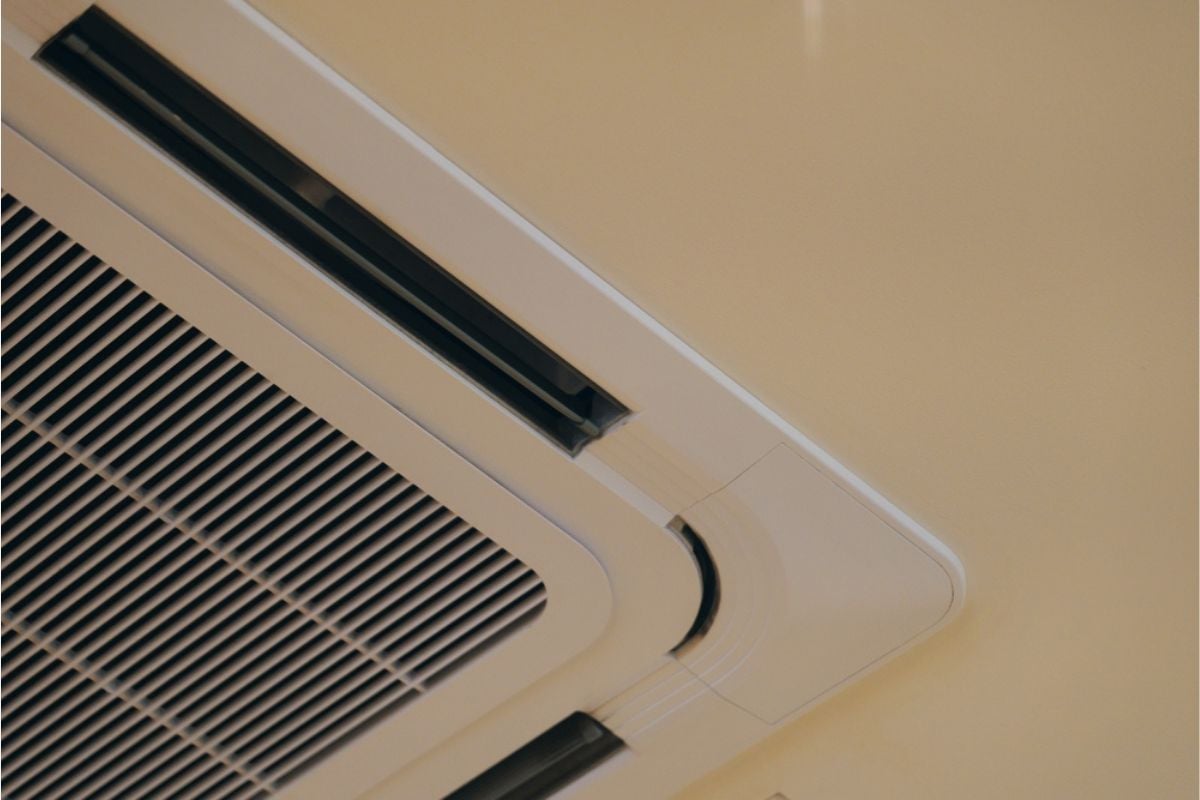
Walking into an open house that feels perfectly comfortable is no accident. Sellers sometimes crank the HVAC to distract buyers from drafty windows, poor insulation, or an overworked system. While the temperature feels pleasant during the showing, your utility bills could tell another story. Asking about energy efficiency and checking past bills can help you see past this temporary comfort trick.
11. Music Playing to Drown Street Noise
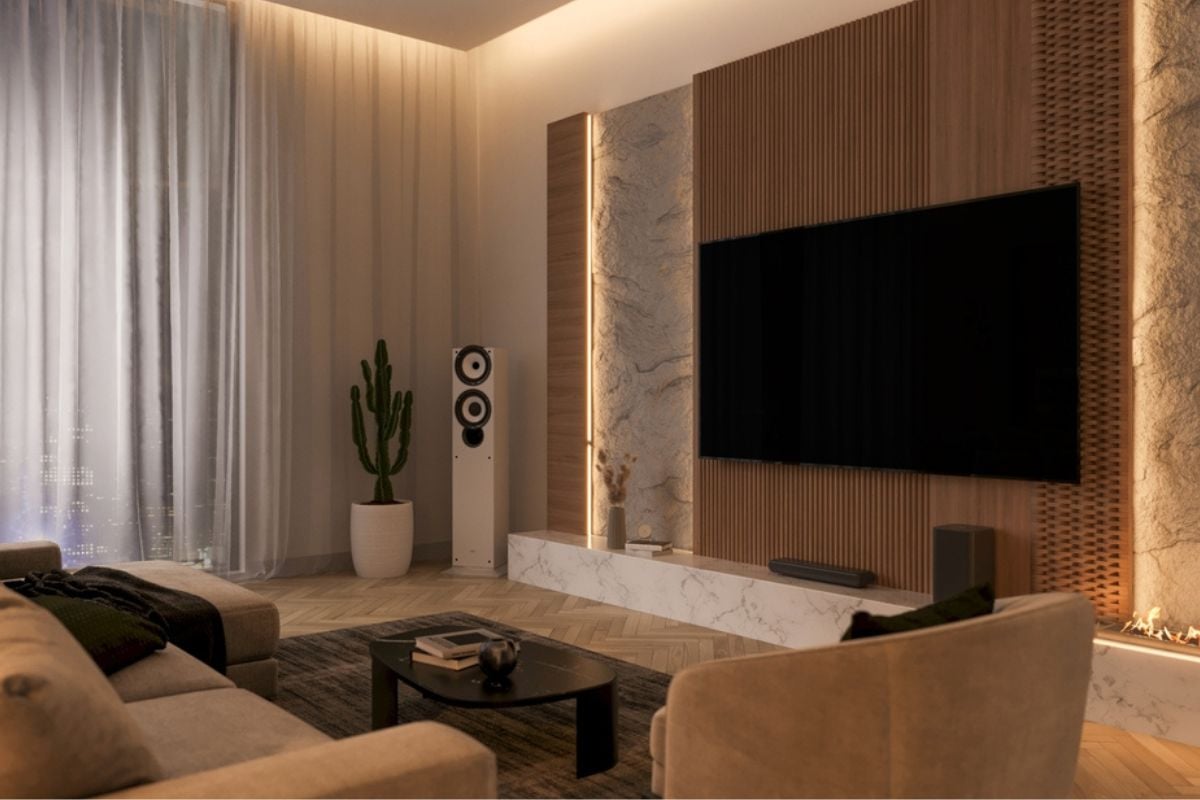
That smooth jazz or acoustic playlist might set the mood, but it could also be masking something. Sellers often use background music to cover up constant traffic noise, barking dogs, or loud neighbors. Buyers naturally get caught up in the ambiance and fail to notice what’s happening outside the windows. Turning down the volume—or stepping outside—can give you the real soundscape of the home.
10. Windows Thrown Open Before Showings
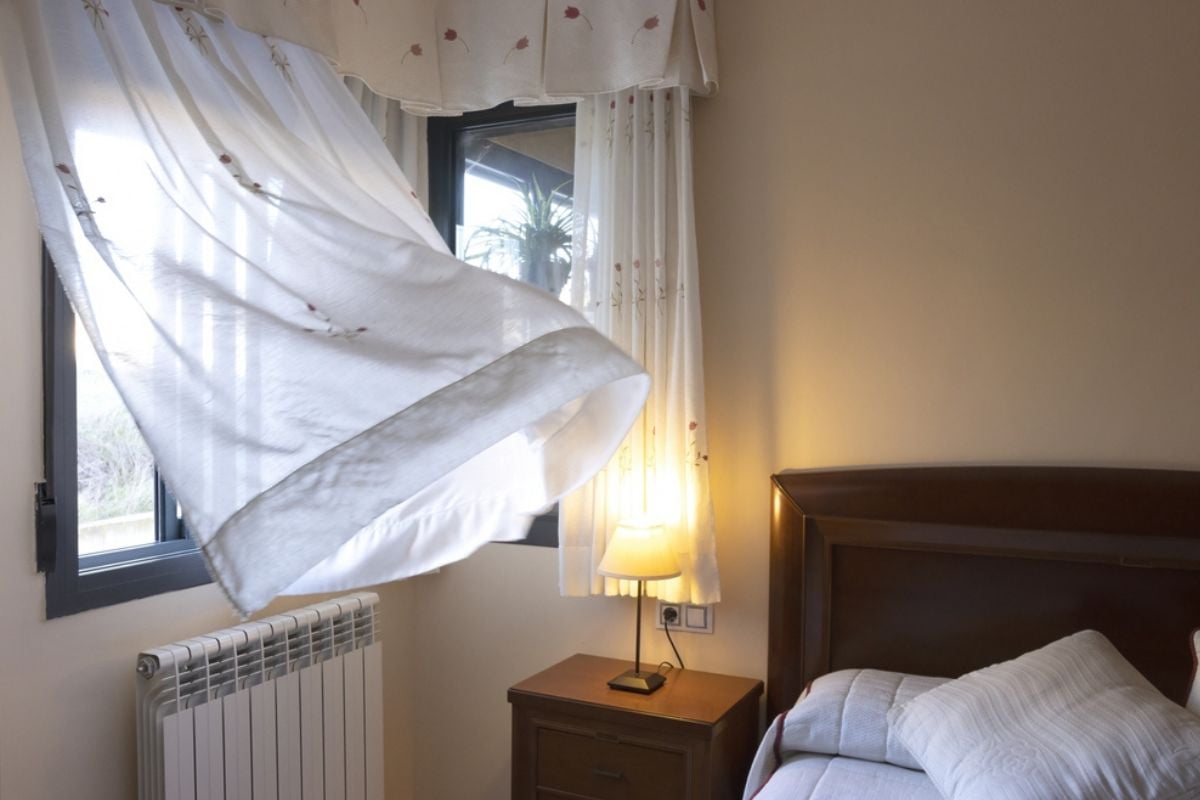
Fresh air feels great when you walk into a home, but open windows can have a hidden purpose. Sometimes they’re used to air out lingering smoke, mildew, or pet odors just before buyers arrive. The crisp breeze creates a welcoming feel, but the problem returns once the windows are shut. A second visit on a closed-window day can expose the truth.
9. Fresh Paint Covering Water Stains
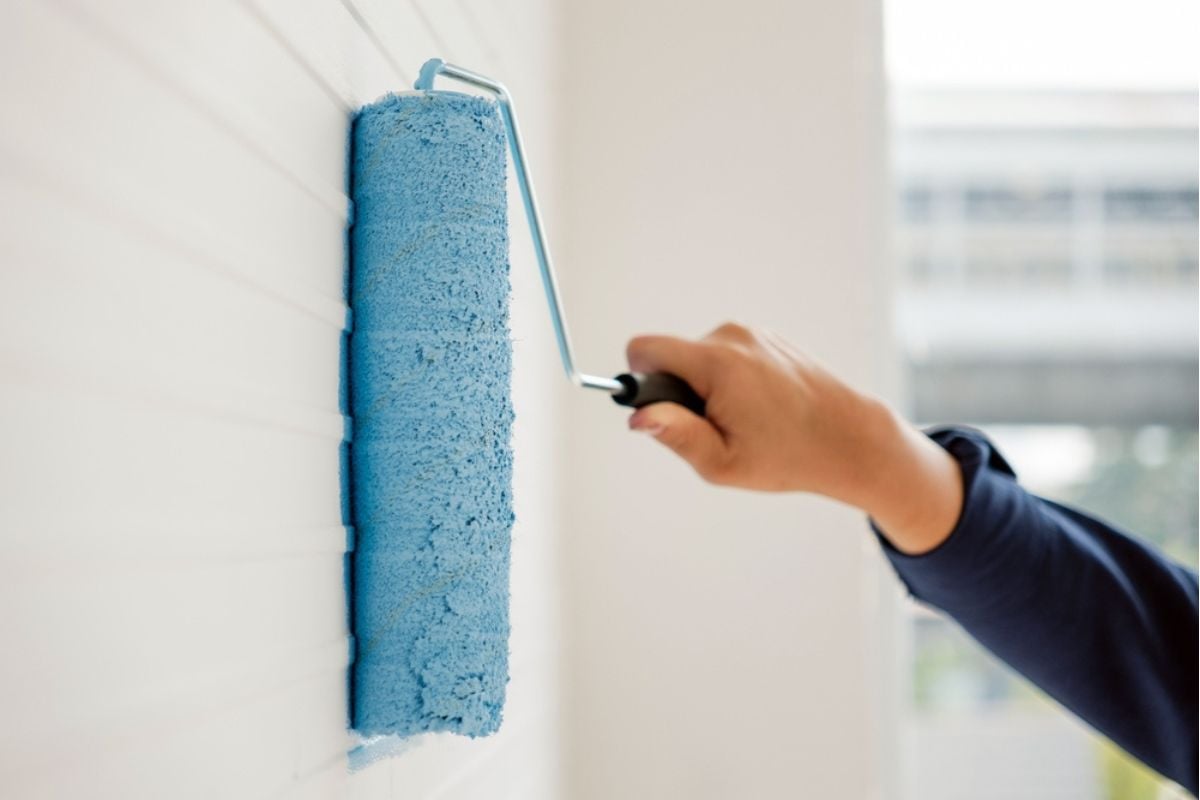
New paint always makes a home look cleaner, but it can also be a quick disguise. Sellers may paint over water stains, cracks, or signs of leaks without actually fixing the root problem. While it gives the illusion of a well-kept home, it can hide expensive repairs waiting to happen. Looking closely at ceiling corners and baseboards often reveals if fresh paint is hiding something.
8. Staging Plants Hiding Wall Cracks
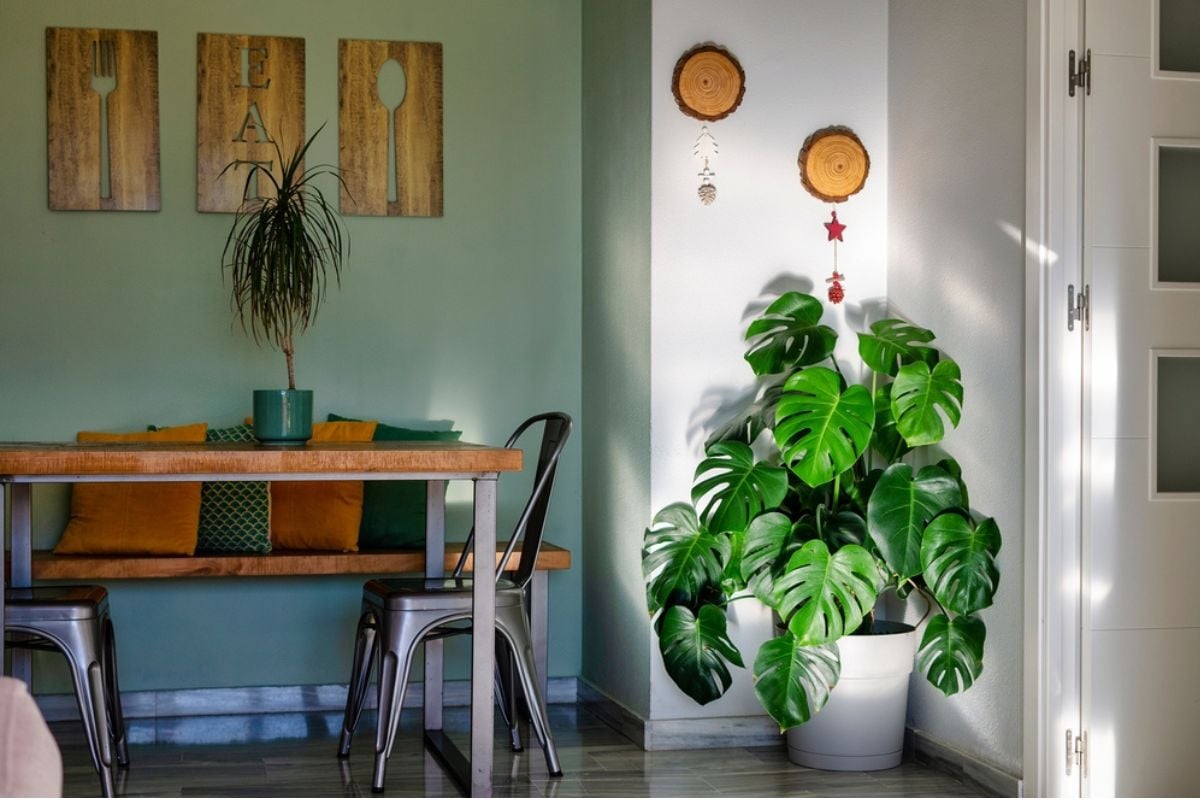
A lush potted plant placed in just the right spot might be more than decorative. Stagers sometimes use greenery to cover wall cracks, peeling plaster, or damaged corners. While it gives the illusion of a stylish, lived-in space, it’s often a clever form of camouflage. Always peek behind décor pieces to make sure they aren’t serving as a cover-up.
7. Area Rugs Hiding Damaged Floors
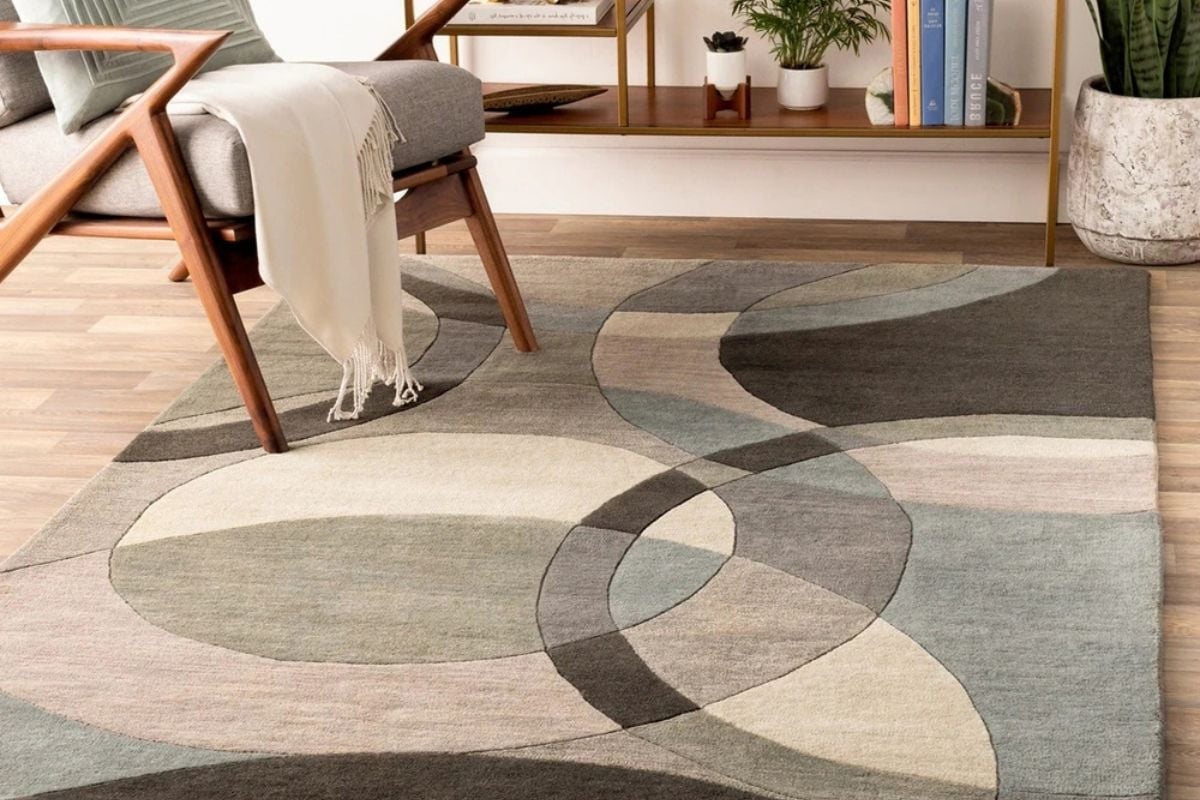
That gorgeous rug may not just be a style choice. Often, rugs are laid out specifically to hide scratches, stains, or warped sections of flooring. It’s a staging trick that works because buyers rarely lift up rugs during an open house. Taking a peek under them can reveal much more than just hardwood or tile.
6. Tiny Furniture to Fake Scale
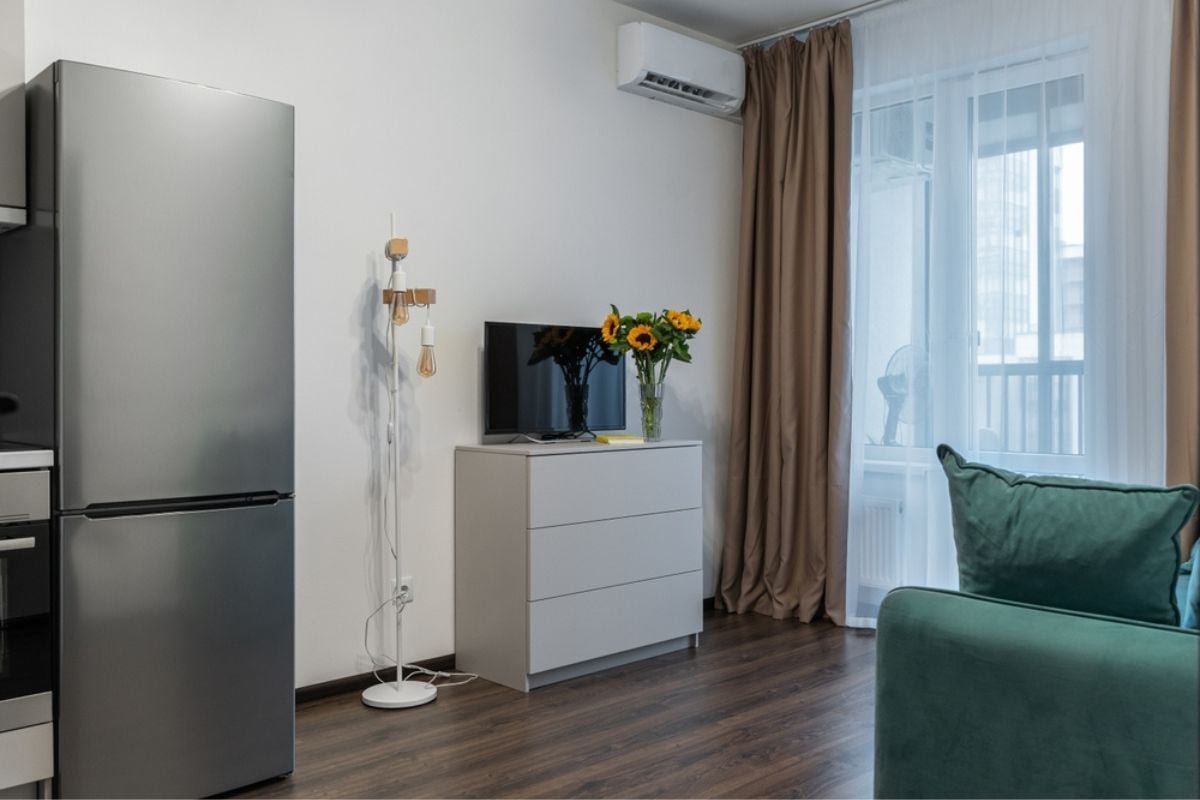
Small couches, narrow tables, and petite chairs can make a room feel huge. But in reality, the staging team is shrinking the furniture to trick your eye into thinking the space is larger than it is. Buyers who picture their full-size sectional in the living room may quickly realize it doesn’t actually fit. Always compare room dimensions to your own furniture before falling for this illusion.
5. Mirrors Multiplying a Cramped Room
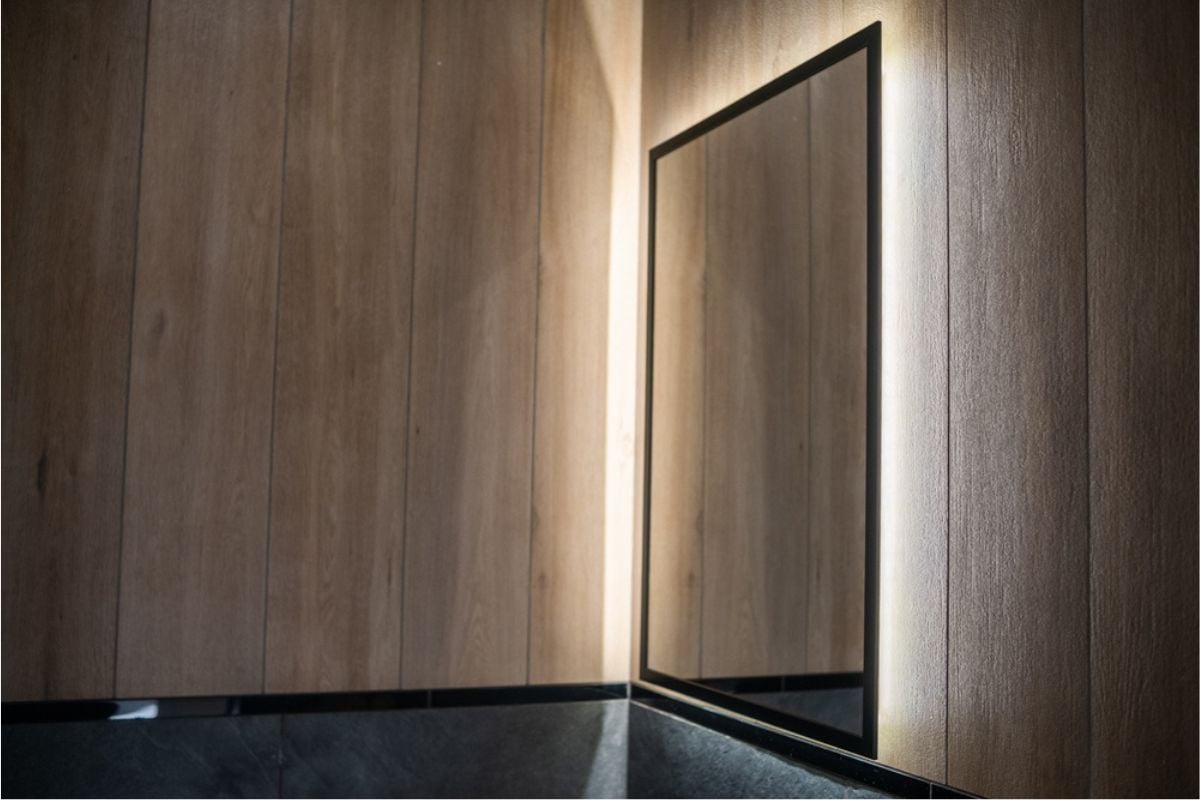
Strategically placed mirrors can make even the smallest room look twice its size. While they’re great for light and style, they also create a false impression of square footage. Buyers often feel more impressed by the openness without realizing it’s just smoke and mirrors—literally. Measuring the actual space is the only way to know what you’re working with.
4. Sheer Drapes Concealing Bad Views
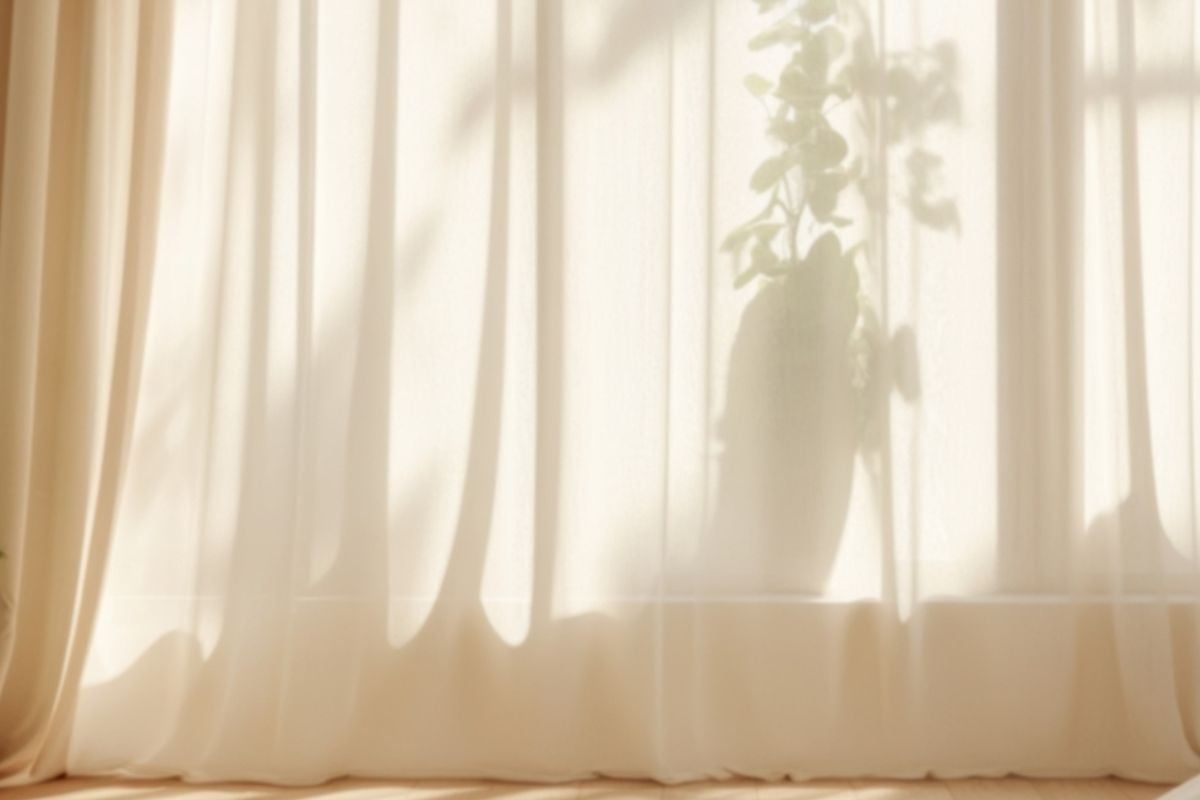
Soft, flowing drapes let in light while adding elegance, but they can also serve as a filter. Sometimes they’re hiding unappealing views—like a brick wall, a busy street, or a neighbor’s cluttered yard. Buyers are lulled into focusing on the dreamy light instead of what’s outside. Always pull back curtains to see the reality beyond the fabric.
3. Lamps Everywhere to Fake Daylight
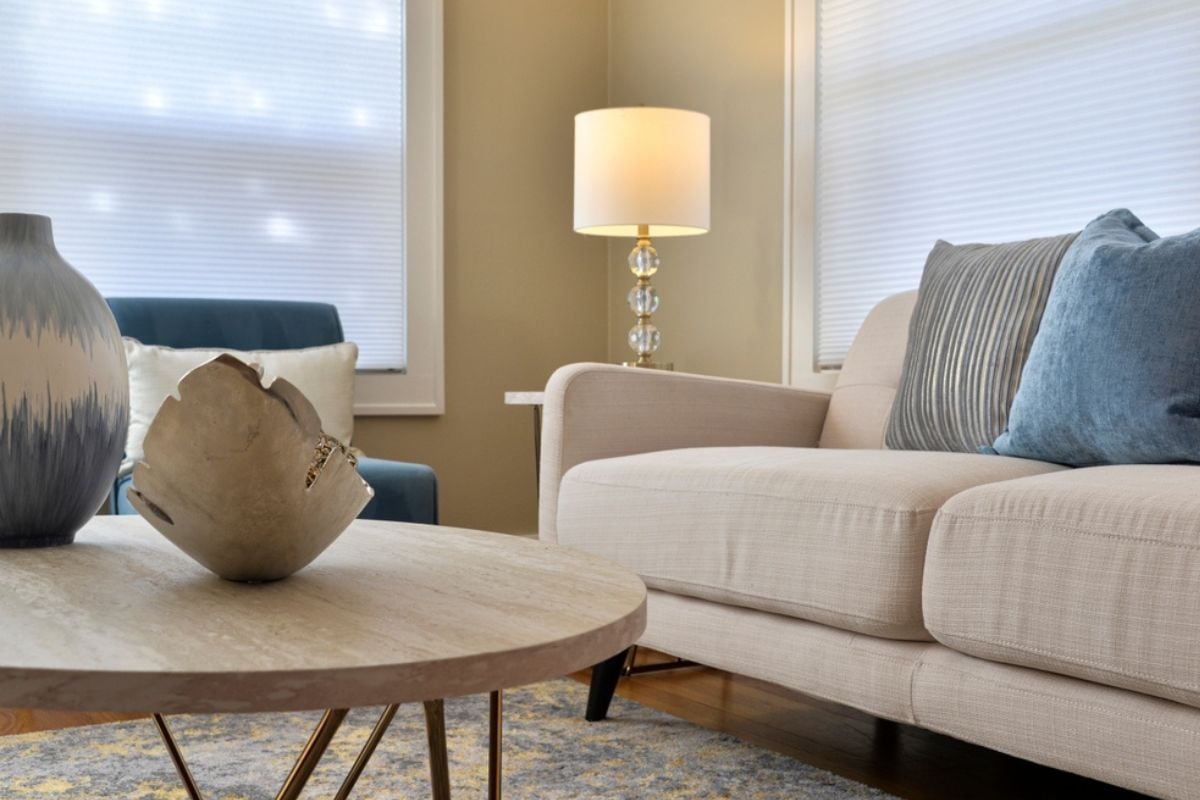
Step into a room glowing with warm lamps, and it feels cheerful and bright. But often, all those lamps are compensating for a serious lack of natural light. Stagers count on buyers being distracted by the cozy glow and forgetting how dreary the space might be in daylight. The trick is simple: always check how much real sunlight the room actually gets.
2. Plug-In Scents Hiding Moldy Smells
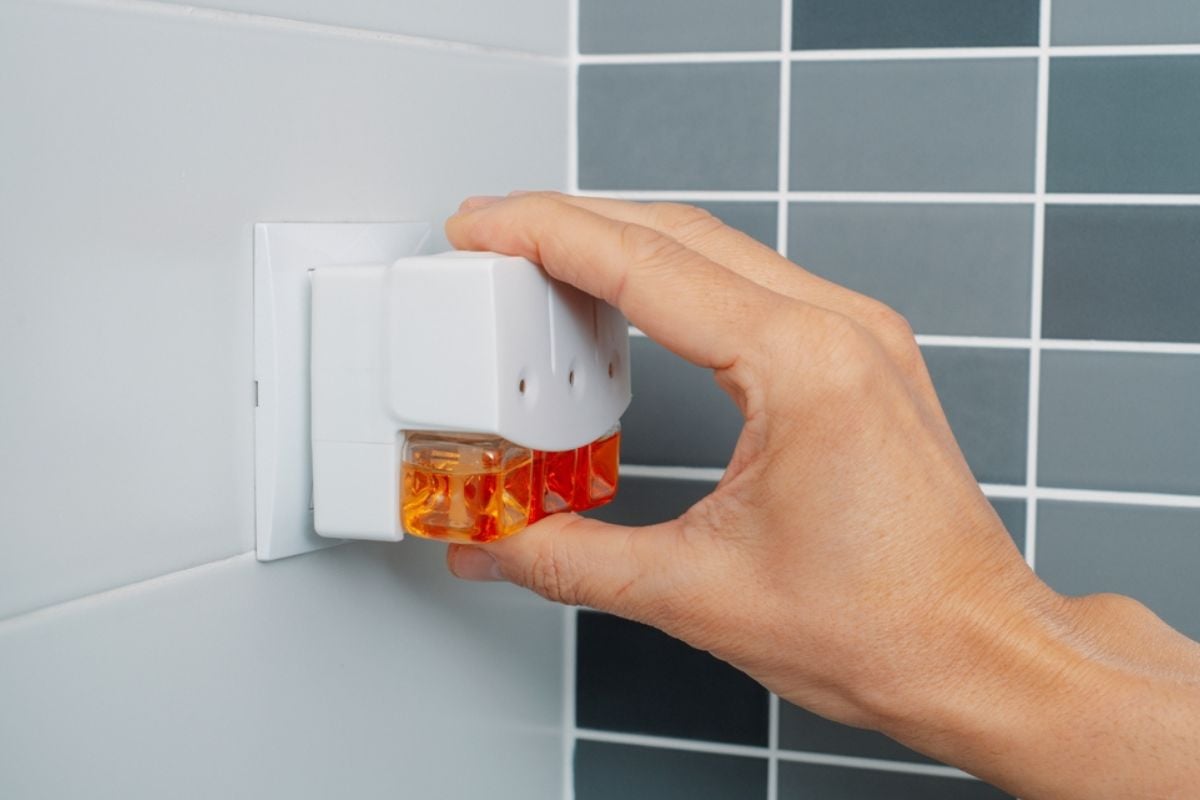
Plug-in air fresheners may smell pleasant, but they’re often doing more than creating atmosphere. Many times they’re used to mask mold, mildew, or stale odors that signal bigger problems. Because buyers link good smells with clean homes, this trick works better than most. But your nose may notice the difference once the plug-ins are removed.
1. Fresh-Baked Cookies to Mask Odors
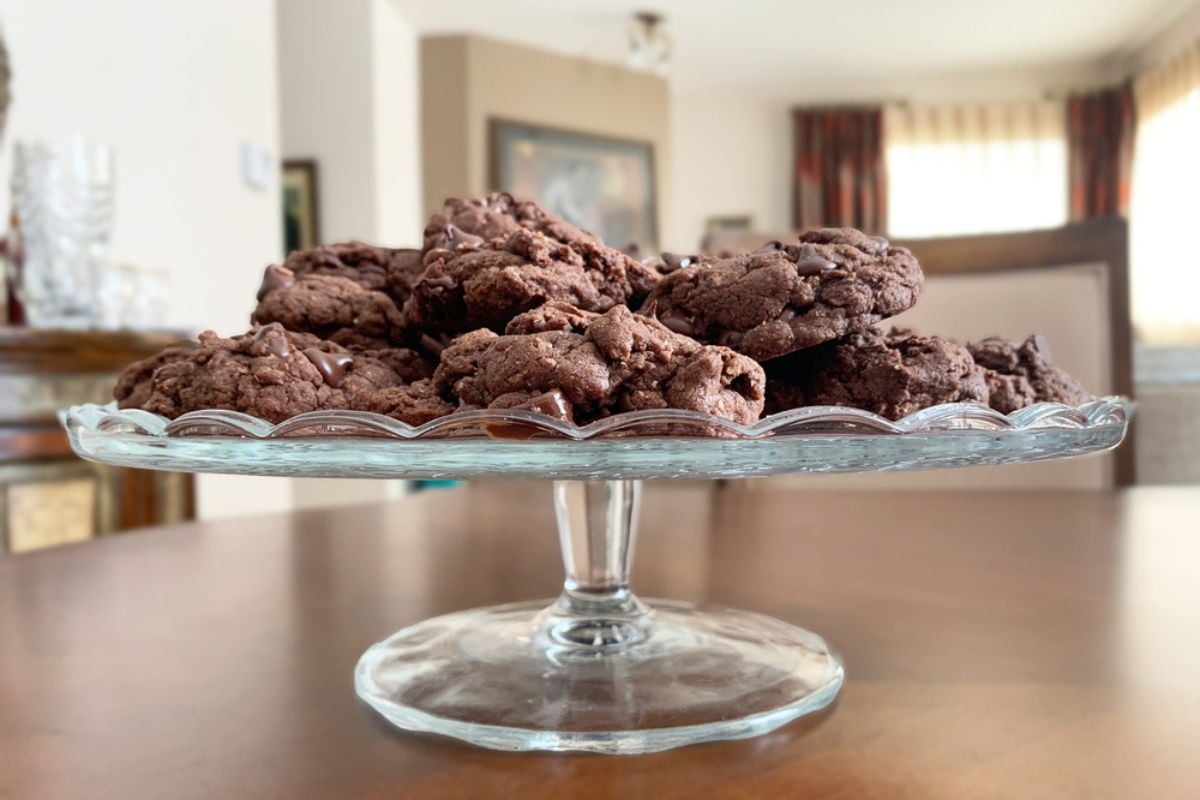
Everyone loves the smell of cookies, which is exactly why sellers use them. The warm, inviting aroma distracts buyers from lingering pet smells, stale carpets, or smoke odors. It’s one of the oldest open house tricks in the book, and it works because it appeals to emotion instead of reason. Just remember: a great smell doesn’t always mean a great house.






